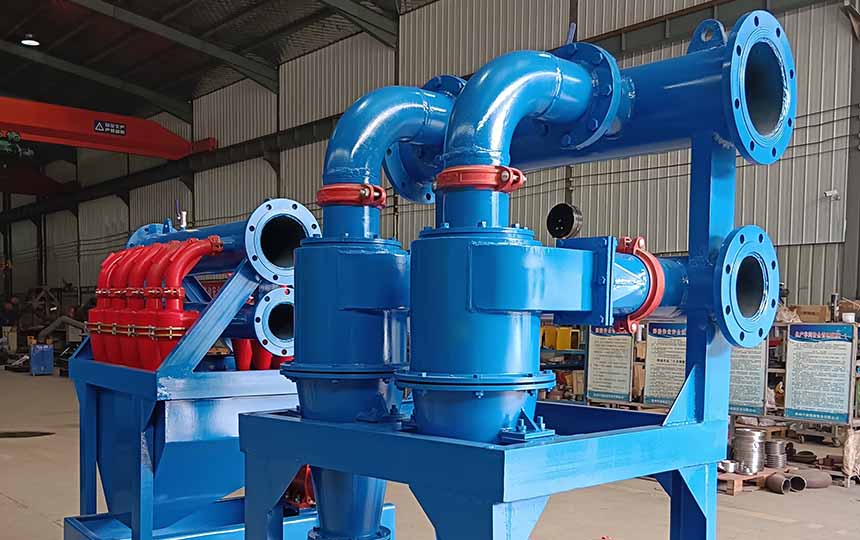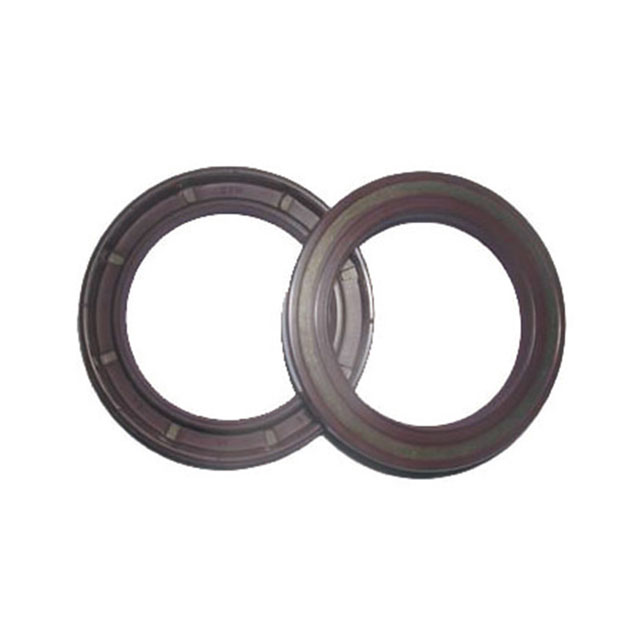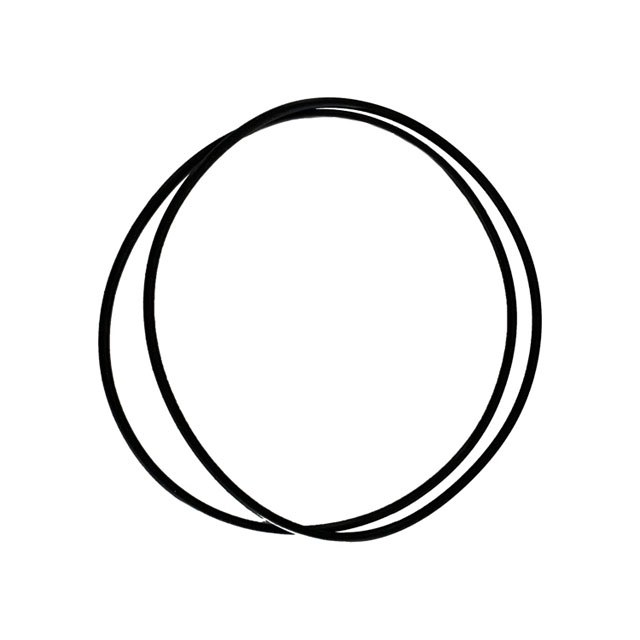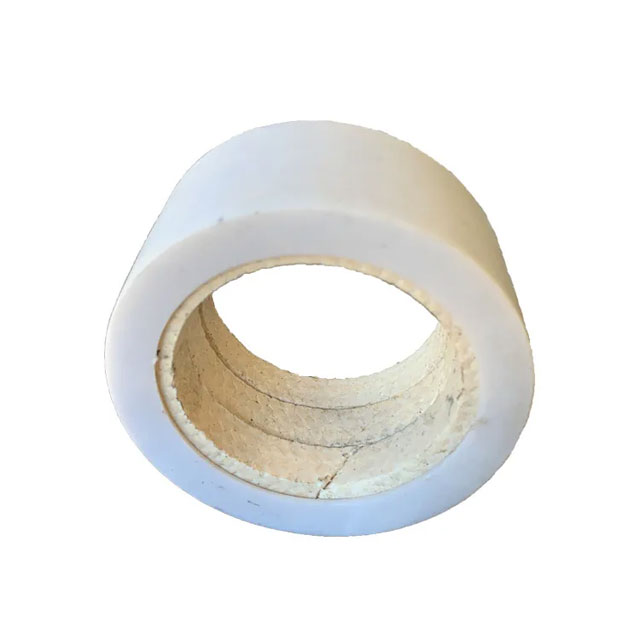WhatsApp: 86-13735815206 / 86-17392256505
WeChat: 86-13735815206 / 86-17392256505
Phone: 86-29-88680837
Mail: sales@hlsolidscontrol.com
Add: Room 804, Building 1, Western Cloud Valley Phase II, Fengxi New Town, Xixian New District, Shaanxi Province
WeChat: 86-13735815206 / 86-17392256505
Phone: 86-29-88680837
Mail: sales@hlsolidscontrol.com
Add: Room 804, Building 1, Western Cloud Valley Phase II, Fengxi New Town, Xixian New District, Shaanxi Province
Desander cyclone
Time: 2023-08-03 Source: Author: hlsolidscontrol
Commonly used cyclone specifications for desanders include 8-inch (8"), 10-inch (10") and 12-inch (12") cyclones. The desander cyclone is mainly used in solid-liquid separation systems for drilling fluids. The solid particles in the liquid with a particle size between 44 and 74 microns are separated.

The desander cyclone is an important solid-liquid separation equipment, which uses the centrifugal force of the liquid in the rotational motion to separate the solid phase particles from the liquid. Smaller size cyclones (such as 8-inch and 10-inch) are typically used for finer solids separation, while larger size cyclones (such as 12-inch) can handle larger solids.
By using desander cyclones of different specifications, the desander can more effectively meet the size requirements of solid phase particles in different drilling fluids. This helps to improve the performance of the drilling fluid and reduce the content of solid particles, thereby improving the cleanliness and stability of the drilling fluid and ensuring the smooth progress of drilling operations.

The desander cyclone is an important solid-liquid separation equipment, which uses the centrifugal force of the liquid in the rotational motion to separate the solid phase particles from the liquid. Smaller size cyclones (such as 8-inch and 10-inch) are typically used for finer solids separation, while larger size cyclones (such as 12-inch) can handle larger solids.
By using desander cyclones of different specifications, the desander can more effectively meet the size requirements of solid phase particles in different drilling fluids. This helps to improve the performance of the drilling fluid and reduce the content of solid particles, thereby improving the cleanliness and stability of the drilling fluid and ensuring the smooth progress of drilling operations.



